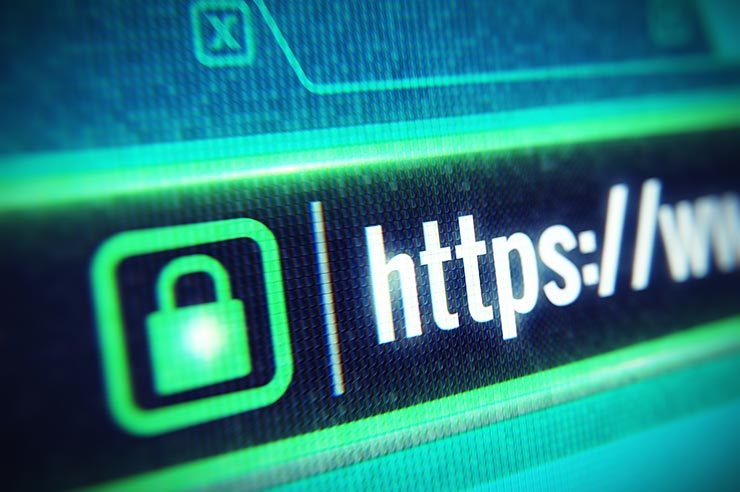Imagine one day waking up and finding that your website has changed to a parked page like this:
Frantically, you call your web guy, “What did you do to the site?!!!” He checks and reports the server is working and the files are there. On further investigation, he finds that you no longer have control of the domain (web address).
This is the exact situation local business, Absolute Pay Trust found themselves in. They contacted Oyova for help because they were faced with re-branding their entire company because of the loss of their web domain. Oyova was able to take the lead and send over legal case law to the domain registrar (i.e. godaddy.com, moniker.com, etc.), where courts establish domain ownership as an extension of common trademark law (Case: Warren Weitzman vs. Lead Networks Domain) and awarded the domain back. Businesses often are not aware of this precedent or have not owned a domain for a significant amount of time to establish this.
The amount of stress, work, and money this saved Absolute Pay Trust was substantial. Drew Tenimon, President of Absolute Pay Trust sent us a note saying:
“We have been in business for 10 years, and recently were faced with a resource of marketing being eliminated from our strategy. This resource was our domain name has errantly expired and was bought by an outsider… Oyova prevailed by obtaining our domain name back and offered more ways to secure our brand for the future.”
As a side note, you should never rely on something like past case law, especially in an industry as new as the Internet. We should take preventative measures to ensure this does not happen at all.
Many times the root of the problem is out-of-date contact and payment information with your domain registration company. People typically set the payment process to automatically bill, so it is out of sight out of mind. However, if it comes time to renew the domain, and the registrar company cannot secure payment (perhaps because of expired credit card details) or get in contact with the owner, the domain can be released for other individuals to purchase.
Understanding the costs:
With many companies building a brand around a domain, links to your website, email addresses, and business cards; this can be a very big deal.
On top of all that, people who buy your domain in many cases are not obligated to give it back. So as a business owner, you can be stuck with:
- Re-branding the entire company — starting over with a new domain and perhaps competing with your old domain.
- Entering arbitration and mediation to recover the domain. With companies like World Intellectual Property Organization that specialize in this area costing over $2,000 per case, this can get expensive.
- Threatening litigation against the new domain owner (which can also be expensive)
We were lucky in this case; the domain
registrar accepted our submission of documentation and legal precedent and we
were able to recover the domain for our client.
Here is a checklist to make sure this never happens to you:
- Add a yearly reminder on the calendar to check your credit card and contact information are correct with your Domain Registrar
- Ensure that you add your domain registrar email address to your e-mail address book, so important communication does not end up in spam and is missed.
- As a double precaution, sign up to backorder your domain. This process you can complete with most domain registrars, and will alert you if your domain is up for sale (a bad sign for you).
Follow these tips and you won’t have to go through the painful process of domain recovery. Contact us if you would like to discuss ways to protect your domain or any web-related projects you need to be done.
